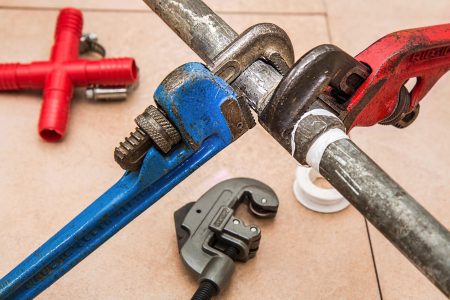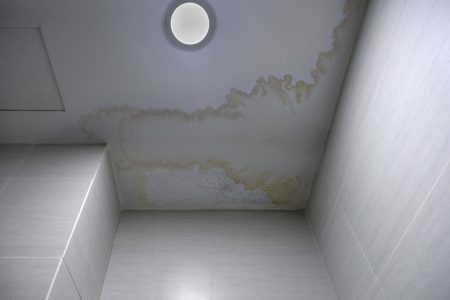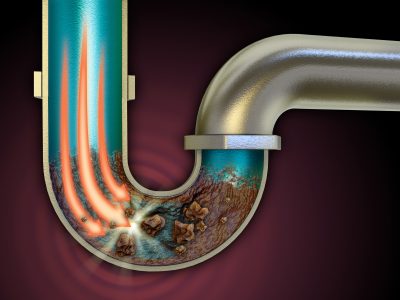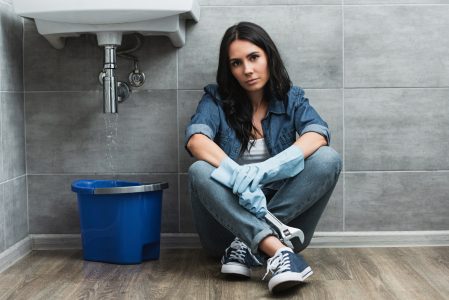When should you have your Anti-Backflow device checked?
June 5th, 2022
If you are a homeowner, do you think or at least probably hope to be safe from sewer backups? Does your residence have an efficient backflow preventer and if so, how do you check that it is working properly? The following article will give you more information about it.
What is meant by an anti-backflow device?
An anti-backflow device, also called a non-return valve, is a device that prevents the return of waste water into the home, but which also serves to prevent bad odours from your pipes from coming back up. It is therefore a very important device on several levels.
How does it work?
It’s very simple actually. The device is placed on the piping and it opens when the water passes in the intended direction, conversely, it closes immediately afterwards in order to avoid the backflow of waste water or bad odours rising. In other words, when the water circulates in the “right” direction, it opens under the pressure of its passage then closes as soon as the circulation stops. This greatly reduces the risk of the water returning to where it came from. The valve itself is made of a gasket to guarantee a perfect obstruction. It disassembles easily for cleaning.
What are the different types of check valves?
The most common check valves are those that are “normally closed”. Some will only protect a single appliance such as the washing machine, for example, while others will protect several sanitary appliances connected to the same drain connection. This is usually the case in the basement, for example. The valve then rises to facilitate the flow of waste water from the house. The valve then closes to prevent any sewer backing up into the house. Note, however, that it is strictly forbidden to install this type of valve on the main water evacuation pipe of a house. This would prevent the air from circulating freely, which is mandatory for the ventilation of the network. A “normally open” type valve can, however, be used since it will only close in the event of a back-flow.
How do you make sure your check valves are working properly?
Several things can be noted to deduce from a malfunction of the check valve. For example, monitoring the presence of bad odours, as specified above. Indeed, foul odours coming from your pipes could make you suspect a malfunction of your anti-back-flow system. In this case, there may be debris piled up in the piping. You can then think of calling a professional who will check the tightness of the device and its proper functioning. Do-it-yourself cleaning can also be done if the pipe doesn’t seem very clogged, but remember to wear gloves. Wastewater often carries bacteria or other contaminants.
If you have any questions about your plumbing, don’t hesitate to call a professional. He will always be happy to answer all your questions and even come on site with the right tools and knowledge to find the ideal solution to your problem.




